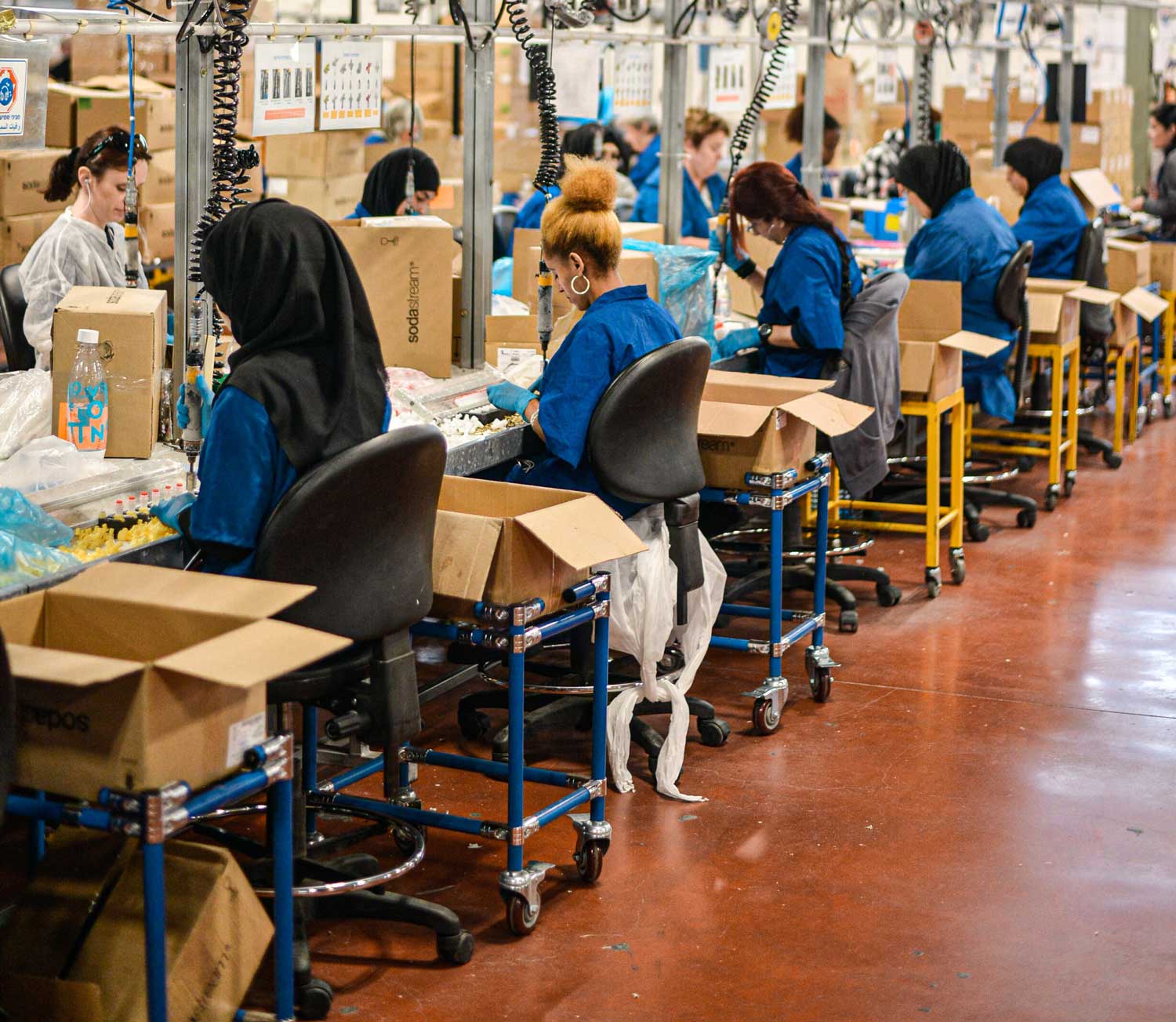The practice of offshoring is one that has been commonplace in a wide number of sectors for a number of years. In the simplest terms, this refers to the practice of a company moving product production offshore. It’s usually done with the aim of saving money or accessing a highly skilled workforce. An increasing number of US companies are doing business in Mexico for those reasons.
There can be a number of motivations behind the decision to offshore, but the predominant one has been to save money. Offshoring from the USA to Mexico, for example, allows businesses to tap into a highly skilled workforce for a fraction of the cost. This can be a huge incentive to business owners.
Similarly, the close geographical proximity of the USA and Mexico also reduces transportation times and costs. At the same time, a reduction in tariffs and taxes is also a major appeal. In some cases, these are eliminated altogether, helping to make a business more profitable.
While cutting costs has long been a major appeal of offshoring, recent manufacturing trends have changed the playing field somewhat. This is likely to force businesses to consider new ways of working and to search for other advantages that offshoring can bring, outside of economic or financial benefit.
What Are The Issues?
Offshore companies were originally put into place primarily to cut costs. This practice once made excellent business sense, but the world has changed dramatically in recent years.
Increased Manufacturing Costs
Initially, the appeal of manufacturing products in countries such as Mexico stemmed from the ability to take full advantage of reduced manufacturing costs, but this has quickly changed. In recent years, the Mexican economy has experienced serious growth; it is now the 15th largest economy in the world.
While this is hugely beneficial for Mexico, the same cannot be said for their trading partners. This boost has increased not only manufacturing costs but also the cheaper cost of the highly skilled labor force, which was another huge draw for offshoring.
Many business owners have also stated that despite offshoring, unexpected costs in freight, raw materials, and labor mean that they failed to save the amount they had initially anticipated, dulling the appeal of offshoring.
Time And Effort
As well as saving money and cutting costs, many companies are drawn to offshore manufacturing thanks to the notion that it will save them time and energy. Rather than having to personally oversee and handle everything under one roof, the theory is that they can hand over the reins to an offshore team, creating a situation that enriches the business in terms of both cash and time.
In practice, however, a growing number of businesses are quickly realizing that successful offshoring requires management on a daily or project basis, an increased number of hours to oversee things, and a more skilled, nuanced approach than they were initially anticipating. In other words, it is not simply a case of handing things over to the offshore team.
Changing Priorities
As a result of these changes in costs and savings, offshore manufacturing trends are changing, and with them, the priorities and focus of businesses. Rather than first looking for economic benefit, businesses are identifying other factors that will help their offshore venture succeed.
Invest Your Time
One of the key priorities is to invest your time wisely—that is, understand the infrastructure and the supply chain from start to finish. Take the time to educate yourself on local business culture, expectations, and assumptions.
This offers an insider viewpoint that can boost your chances of success.
Focus On Proximity
Rather than profit, focus on the location of your outsourcing operation. Make sure that there is minimal distance between your sites.
This reduces logistical issues and the costs associated with them. It can also make it easier to assume a whole-business management oversight.
Have A Backup
A contingency plan is essential. You should always assume that there will be risks involved and have a plan in place to tackle them. Always have a second option at hand and be prepared for any eventuality. Preparation can be the true key to success.
Maintain Communication
Handling an offshore supply chain can be delicate. Make sure that communication is clear, frequent, and open, and that you can make adjustments quickly as a result of new information you may receive.
In a similar vein, you need to ensure that you invest in your management resources. You will need a strong team if you want your offshoring premises to succeed. Ideally, the team should be familiar with the local area, as well as the local business culture and practices. This will help keep you one step ahead.
Subscribe
Sign up and stay informed with tips, updates, and best practices for manufacturing in Mexico.



.jpg)

